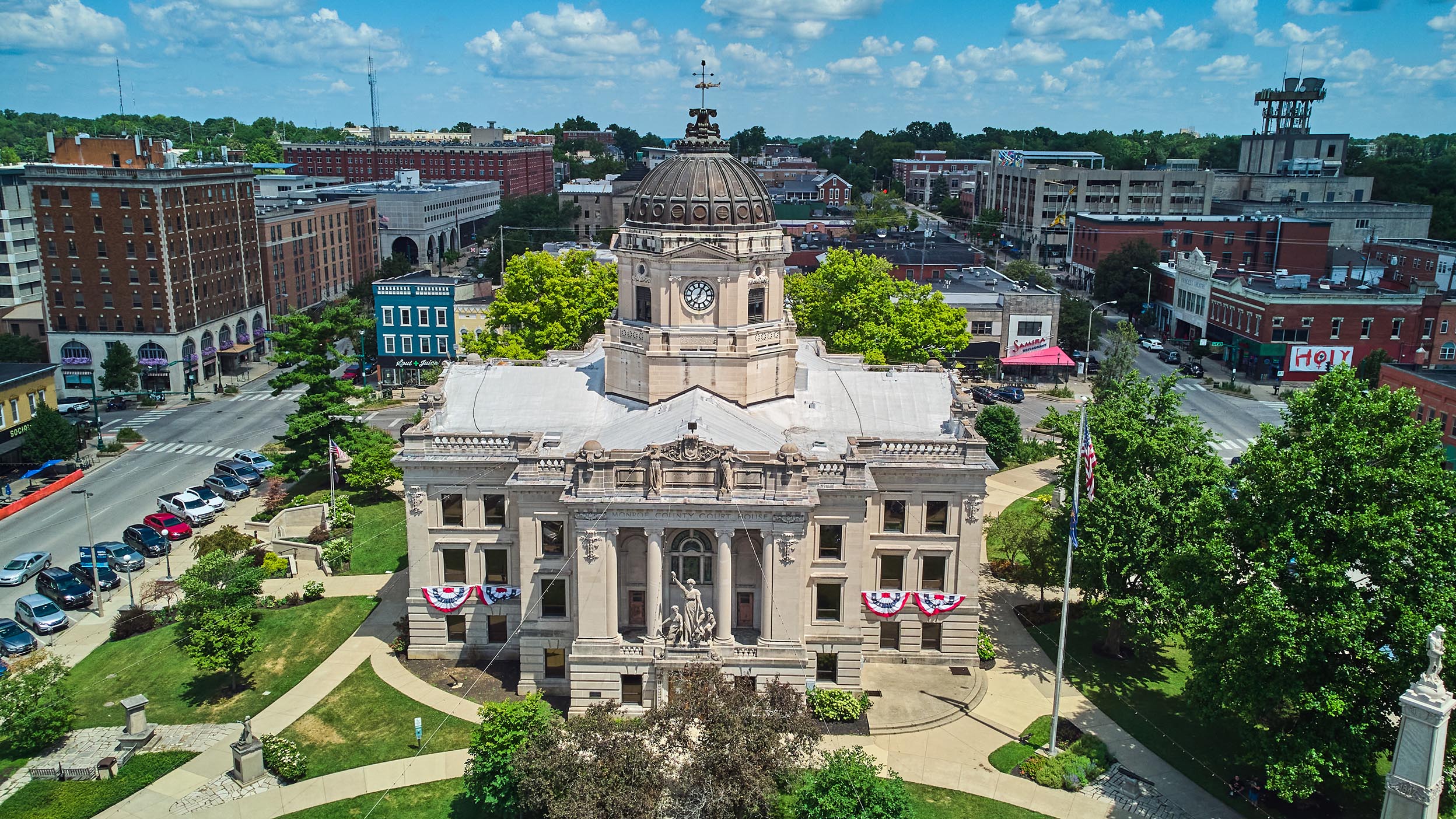Important information
NA4109451
Image credit: Miquel Llonch
All data as of December 4, 2024, unless otherwise stated.
All data provided by Invesco unless otherwise noted.
Junk bonds involve greater risk of default or price changes due to changes in the issuer’s credit quality.
The value of investments and any income will fluctuate (this may partly be the result of exchange rate fluctuations) and investors may not get back the full amount invested. The values of junk bonds fluctuate more than those of high-quality bonds and can decline significantly over short time periods.
All fixed income securities are subject to two types of risk: credit risk and interest rate risk. Credit risk refers to the possibility that the issuer of a security will be unable to make interest payments and/ or repay the principal on its debt. Interest rate risk refers to the risk that bond prices generally fall as interest rates rise and vice versa.
Municipal bonds are issued by state and local government agencies to finance public projects and services. They typically pay interest that is tax-free in their state of issuance. Because of their tax benefits, municipal bonds usually offer lower pre-tax yields than similar taxable bonds.
Market technicals include supply and demand for a security and how it can affect changes in price, volume, and volatility.
A credit rating is an assessment provided by a nationally recognized statistical rating organization (NRSRO) of the creditworthiness of an issuer with respect to debt obligations, including specific securities, money market instruments or other debts. Ratings are measured on a scale that generally ranges from AAA (highest) to D (lowest); ratings are subject to change without notice. NR indicates the debtor was not rated and should not be interpreted as indicating low quality. For more information on rating methodologies, please visit the following NRSRO websites: http://www.standardandpoors.com and select 'Understanding Credit Ratings' under Rating Resources 'About Ratings' on the homepage.; https://ratings.moodys.io/ratings and select 'Understanding Ratings' on the homepage.; www.fitchratings.com and select 'Ratings Definitions Criteria' under 'Resources' on the homepage. Then select 'Rating Definitions' under 'Resources' on the 'Contents' menu.
Municipal securities are subject to the risk that legislative or economic conditions could affect an issuer’s ability to make payments of principal and/or interest.
The yield curve plots interest rates, at a set point in time, of bonds having equal credit quality but differing maturity dates to project future interest rate changes and economic activity.
The opinions expressed are those of the author, are based on current market conditions and are subject to change without notice. These opinions may differ from those of other Invesco investment professionals.
Invesco does not provide tax advice. The tax information contained herein is general and is not exhaustive by nature. It is not intended or written to be used, and it cannot be used by any taxpayer, for the purpose of avoiding tax penalties that may be imposed on the taxpayer under US federal tax laws. Federal and state tax laws are complex and constantly changing. Investors should always consult their own legal or tax professional for information concerning their individual situation.
This does not constitute a recommendation of any investment strategy or product for a particular investor. Investors should consult a financial professional before making any investment decisions.
An investment cannot be made into an index.
Forward-looking statements are not guarantees of future results. They involve risks, uncertainties and assumptions, there can be no assurance that actual results will not differ materially from expectations.
There is no guarantee the outlooks mentioned will come to pass.







